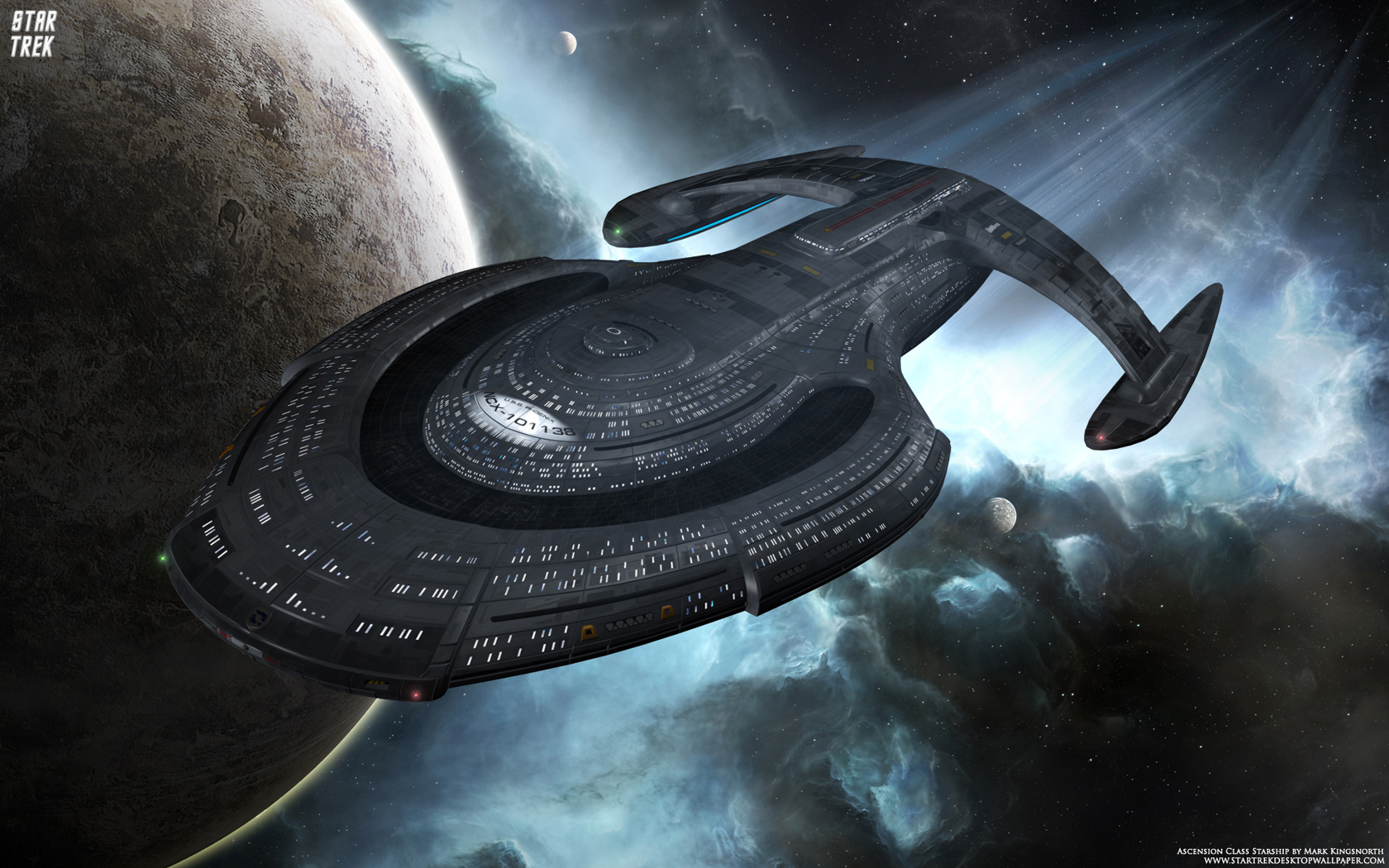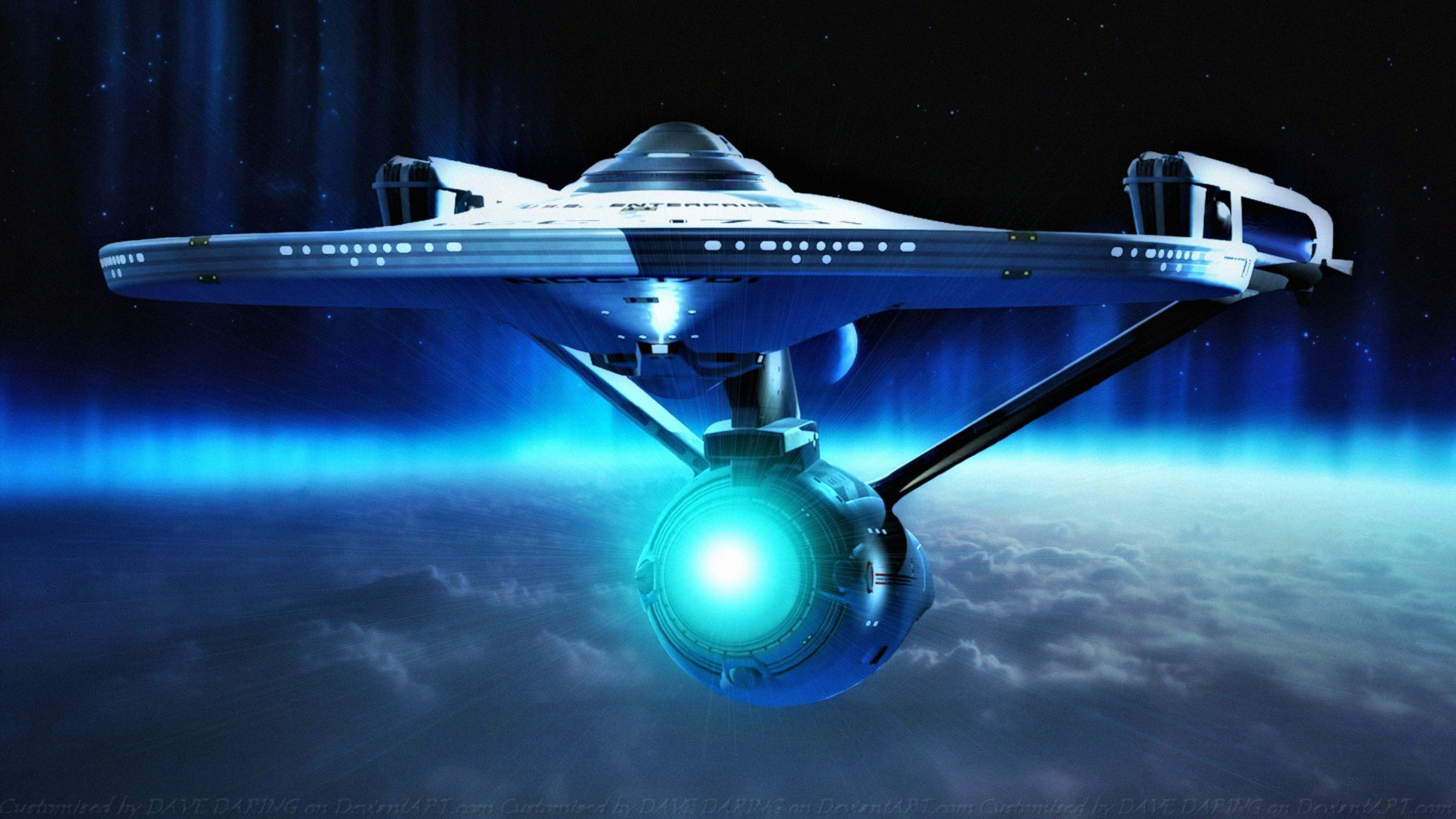
The fourth and final condition will require sustained in situ resource utilization (ISRU), which is the ability to survive on Mars using local resources and eliminating the reliance on Earth for long-term survival. 1–7 The pathway for sustained human Mars exploration includes (1) uncrewed landed missions to Mars, followed by (2) human landed missions to Mars with relatively small (10–20 person) crews to establish the first human presence on the planet, (3) advanced infrastructure development to support planned community growth, and then (4) transitioning to a self-sufficient state on Mars. 1–3 A foundational step in this journey is to develop a self-sustaining human civilization on Mars, which is the closest planet to Earth that is realistically capable of harboring human communities and cities.

Space exploration as a collective has many arcs and interconnected goals such as to find life beyond Earth, to understand the formation of our Universe, and as discussed here, to evolve humankind into a multi-planet species. We propose that the highest priority activities for early uncrewed Starships include pre-placement of supplies, developing infrastructure, testing of key technologies, and conducting resource prospecting to map and characterize water ice for future ISRU purposes. The first Starships flown to Mars will be uncrewed and will provide unprecedented opportunities to deliver ∼100 metric tons of cargo to the martian surface per mission and conduct robotic precursor work to enable a sustained and self-reliant human presence on Mars.

This article focuses on a mission architecture using the SpaceX Starship as cargo and crew vehicles for the journey to Mars. In situ resource utilization (ISRU) on Mars is a critical component to enabling humans on Mars to both establish long-term outposts and become self-reliant. Establishing a self-sustaining human presence on Mars is key to achieving this goal.

A main goal of human space exploration is to develop humanity into a multi-planet species where civilization extends beyond planet Earth.


 0 kommentar(er)
0 kommentar(er)
